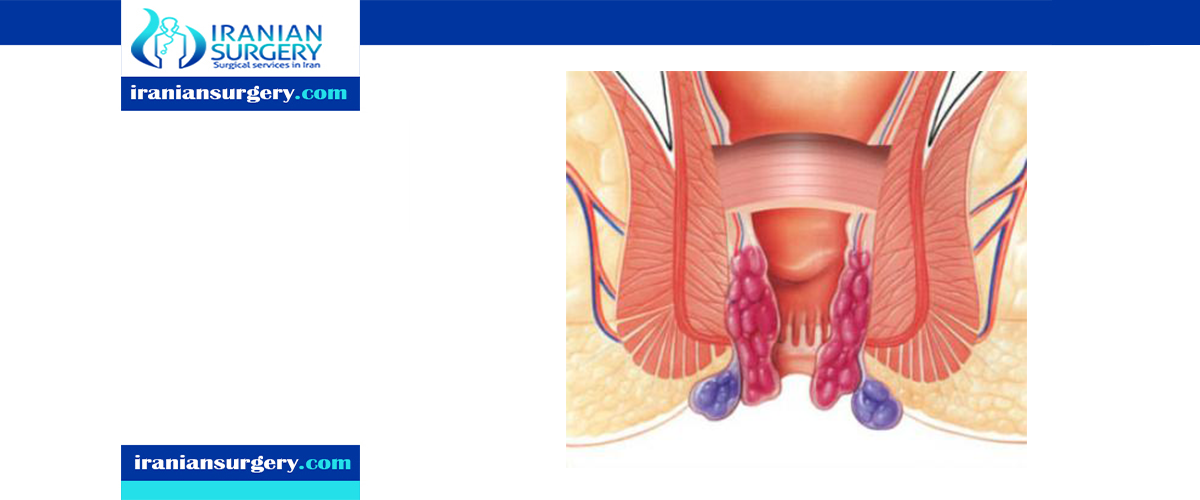stapled haemorrhoidectomy procedure

stapled haemorrhoidectomy procedure
what are the stapled haemorrhoidectomy steps?
Stapled hemorrhoidectomy is surgical technique for treating hemorrhoids, and is the treatment of choice for third-degree hemorrhoids (hemorrhoids that protrude with straining and can be seen on physical exam outside the anal verge. Persistent or intermittent manual reduction is necessary). Stapled hemorrhoidectomy is a misnomer since the surgery does not remove the hemorrhoids but, rather, the abnormally lax and expanded hemorrhoidal supporting tissue that has allowed the hemorrhoids to prolapse downward.
For stapled hemorrhoidectomy, a circular, hollow tube is inserted into the anal canal. Through this tube, a suture (a long thread) is placed, actually woven, circumferentially within the anal canal above the internal hemorrhoids. The ends of the suture are brought out of the anus through the hollow tube. The stapler (a disposable instrument with a circular stapling device at the end) is placed through the first hollow tube and the ends of the suture are pulled. Pulling the suture pulls the expanded hemorrhoidal supporting tissue into the jaws of the stapler. The hemorrhoidal cushions are pulled back up into their normal position within the anal canal. The stapler then is fired. When it fires, the stapler cuts off the circumferential ring of expanded hemorrhoidal tissue trapped within the stapler and at the same time staples together the upper and lower edges of the cut tissue.
Before a Hemorrhoidectomy
Tell your doctor about all medicines you take before having hemorrhoid surgery.
You may need to stop taking drugs such as aspirin, Advil (ibuprofen), Aleve (naproxen), oral anticoagulants such as Coumadin (warfarin), Eliquis (apixaban), and Xarelto (rivaroxaban), or Plavix (clopidogrel bisulfate) several days before your procedure.
Also, let your doctor know if you smoke before having a hemorrhoidectomy. Smoking can make it harder for your body to heal.
You may be told not to eat or drink anything for 6 to 12 hours before the procedure. Follow your doctor's instructions.
The Hemorrhoidectomy Procedure
A hemorrhoidectomy is typically done in a doctor's office, clinic, or surgical center.
You may receive local anesthesia (a small area of your body is numbed), a spinal block (the bottom half of your body is numbed), or general anesthesia (you won't be conscious).
There are different ways to perform the procedure, depending on your condition.
In a typical hemorrhoidectomy, a surgeon makes small incisions around the hemorrhoids.
A knife, scissors, or cautery pencil (a high-heat instrument) is then used to remove the hemorrhoids.
Sometimes, it's possible to staple a hemorrhoid or put a rubber band around it to block its blood flow. This causes the hemorrhoid to shrink.
Other techniques involve injecting a chemical solution or using a laser to shrink hemorrhoids.
After a Hemorrhoidectomy
You'll probably be able to go home the same day as your procedure. Be sure to have someone else drive you.
You may experience pain after hemorrhoid surgery. Take the medicines your doctor prescribes to relieve discomfort.
Your doctor may also recommend that you take a sitz bath, which involves sitting in a shallow bath of warm water for 15 to 20 minutes.
This helps keep the area clean and increases blood flow to the region. Ask your doctor how often you should do this.
Complete recovery usually takes about two weeks.
10 common questions about
[kkstarratings]



2 Comments
It’s helpful to know that hemorrhoidectomy procedures often involve incisions. I’d like to know more about those because my husband has been considering to get treated for hemorrhoids lately. I’d like to know how to aid him during the recovery period since that’s what he is worried about.
hello Alice.first you need to see if your husband needs a surgery to cure his hemorrhide as in early stages it may not need a surgery. for more information message our consultants via what’s app on this number +989019290946